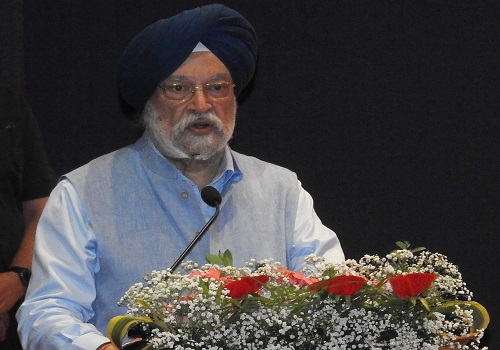New digital lending norms to change operating model at some NBFCs

Follow us Now on Telegram ! Get daily 10 - 12 important updates on Business, Finance and Investment. Join our Telegram Channel
Move will structurally strengthen sector, but add to near-term costs
The digital lending norms announced by the Reserve Bank of India (RBI) on August 10, 2022, aim to usher in orderly growth and financial stability, check malpractices, strengthen transparency, and protect customer interests. They would, however, raise operational intensity and compliance costs for lenders in the near term.
That is because digital lenders have built their entire customer journey via technology enabled means, including credit underwriting using alternative data sources and artificial intelligence. Some of the rules that kick in with immediate effect will have a major impact on the way non-banking financial companies (NBFCs) have been operating in this space.
Says Krishnan Sitaraman, Senior Director and Deputy Chief Ratings Officer, CRISIL Ratings, “The regulations on direct transfer of disbursements/repayments between borrowers and lenders will impact the ‘buy now, pay later’ services and prepaid instruments being offered. Business models will have to be tweaked to conform with the new regulations. Another important change is the restriction imposed on scrubbing/reading the smartphones of borrowers. This was a typical part of the underwriting regimen for digital consumer loans, and it will have to be rejigged now.”
While overall, the revised norms are expected to enhance levels of corporate governance, transparency and disclosure, clarifications on the use of first-loss default guarantees, which are, still under further examination, bear watching. This aspect is an important feature of the business models for some of the digital lenders today.
The new regulatory framework — centred around the digital lending ecosystem of regulated entities (REs) and lending service providers (LSPs) engaged by them to extend various permissible credit facilitation services — directs that all loan disbursements and repayments must strictly flow between the bank accounts of borrower and lender, without any pass-through to the account of LSP or third parties.
To ensure data protection and privacy of borrowers, it lays down the condition that data collection should be needbased and involve prior consent from the borrower. In any case, it does not permit accessing mobile phone resources such as contact lists, files or documents.
It also specifies that a standardised key fact statement (KFS) must be provided to the borrower. Charges not mentioned in the KFS cannot be charged. Moreover, all-inclusive costs should be highlighted upfront in the form of annual percentage rates. This could impact incremental business for some players as borrowers now would be able to see the total annual costs implied on them and compare them effectively with other alternatives.
The norms, based on the framework recommended by a working group constituted on January 13, 2021, broadly cover three domains: (i) customer protection and conduct issues; (ii) technology and data requirements; and (iii) regulatory framework.
The RBI has decided to implement some of the regulations immediately and some later, details of which will be announced in due course. A few others have been referred to the Government of India.
As some of the NBFCs align themselves with the changing regulations, any major disruption in business operations will be a key monitorable. Nevertheless, the credit profiles of CRISIL-rated entities operating in this space and rated in the investment grade continue to be supported by maintenance of equity capital buffers.
To Read Complete Report & Disclaimer Click Here
Above views are of the author and not of the website kindly read disclaimer












 320-x-100_uti_gold.jpg" alt="Advertisement">
320-x-100_uti_gold.jpg" alt="Advertisement">












